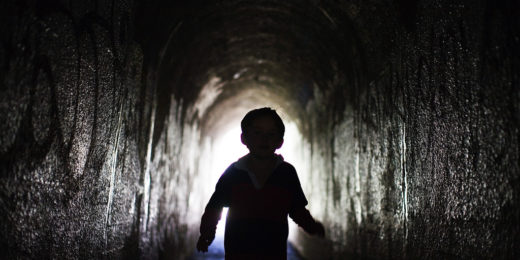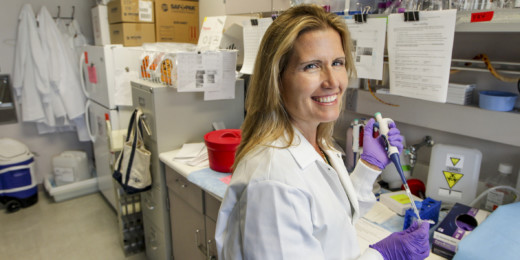Could social media — where misinformation is too often spread — be a place to help build trust in science and the research enterprise?
A winning essayist’s tips for keeping track of scientific facts
Could social media — where misinformation is too often spread — be a place to help build trust in science and the research enterprise?



